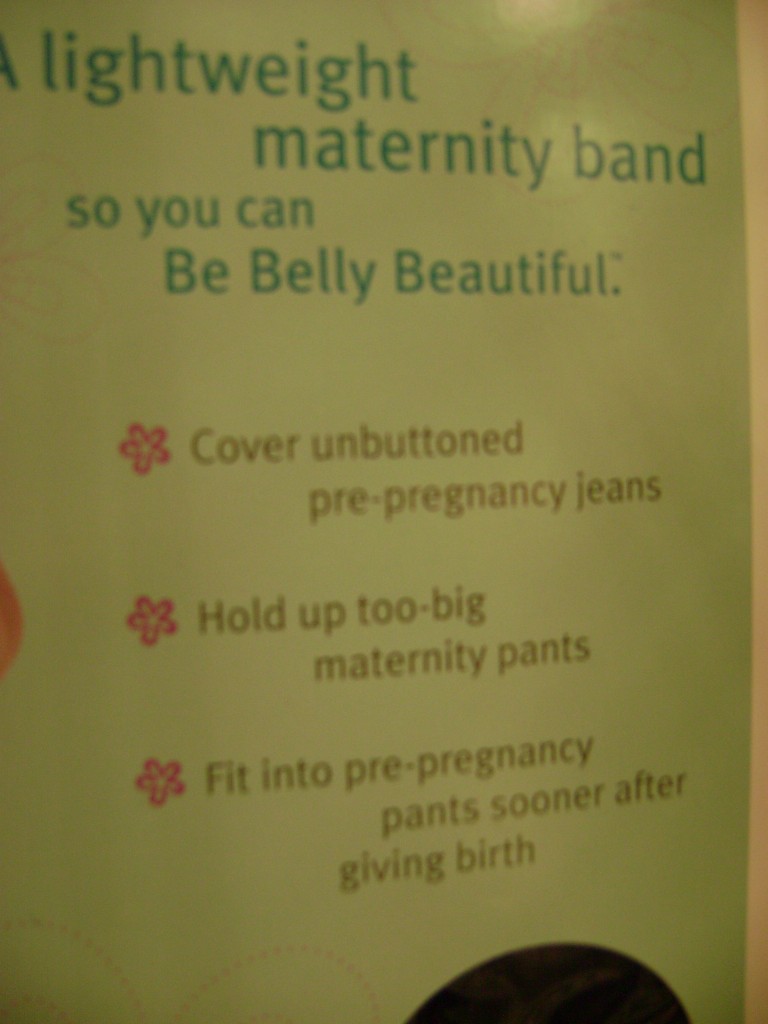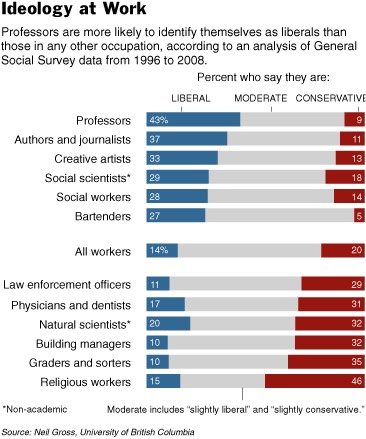This week the Supreme Court overturned a ban that “prevented corporations [and unions] from using their profits to buy political campaign ads” (source). The ruling enhances the ability of these organizations to throw money behind candidates, potentially increasing their ability to influence political decision-making by shaping who ends up in, and out of, office. The majority argued that the decision honored the First Amendment right to free speech. And, since corporations, according to U.S. law, are persons, they have the same right to free speech as any of us.
They also, of course, happen to have a lot more money.
So much money, Senator Charles Schumer (D – New York) said, that “…the winners of next November’s election. It won’t be the Republican or the Democrats and it won’t be the American people; it will be corporate America” (source).
Matthew Yglesias puts this in perspective (source):
Bank of America, for example, dedicates $2.3 billion to marketing in 2008 so it’s clear that they’ve got the budget to mount a $100 million series of scathing attacks on a Senator who pisses them off and basically laugh that off (and note that in 2004 total spending on Senate campaigns was just $400 million). And if you can have it be the case that just one Senator goes down to defeat for having pissed off BofA then everyone else will learn the lesson and avoid pissing them off in the future. You don’t need to actually sustain that volume of campaign spending.
Others argue that the ruling doesn’t so much change the political landscape as make it more honest, since corporations have always found ways around the rules anyway (source):
“Whether there’s a vast increase in the amount of resources spent, it’s hard to say,” said Joseph Sandler, a former lawyer for the Democratic National Committee. “There’s already so much they can do.”
…
Republican consultants, in particular, argued that the decision would simply shift spending by political action committees and issue-based “front groups” to the corporations themselves.
“I don’t believe that the ruling will fundamentally change the outcome of the elections given the obscene amounts of money that was spent independently in the last two years by everyone,” said Jim Innocenzi, a GOP strategist in Alexandria, Va. “You could argue that since everyone has figured out a way to get around the rules, we’d be better off with full disclosures of who is really paying for this stuff and let everyone just promote whatever cause they want.”
The decision left unaddressed the question of whether this meant that multinational corporations, with non-U.S. roots and branches, were allowed to throw money to candidates (source). Right now, the answer appears to be “yes.” This, then, allows for an unprecedented “foreign” influence on U.S. elections.
So, with all that said: How do unions and corporations spend their money in elections? What can we expect?
Dmitriy T.M. sent in a link to the Center for Responsive Politics listing the 100 corporations with the largest contributions to political campaigns between 1989 and 2009, as well as the direction of their donations (to the left or right). Donations include:
Direct “soft money” contributions from the organization’s treasury. Under federal law, contributions from the treasuries of corporations, unions or other organizations may only be given to the parties’ “non-federal” (soft money) committees.
Contributions from the organization’s political action committee, or PAC. The money for these comes from individuals who work for or are connected with the organization, and it’s given on behalf of the organization.
Contributions by individuals connected with the organization. This includes employees, officers, and members of their immediate families.
Here are the results:





At last as far as these top 100 are concerned, it doesn’t appear that there is an overwhelming preference for Republicans, as one might expect. Then again, a lot of these are unions.
But what does it mean when corporations and unions are sitting “on the fence”? Basically it means that they’re covering their bases. They win influence whether Republicans or Democrats end up in office. Interestingly, 46 of the 100 are on the fence. This doesn’t mean that things are somehow more fair or balanced, it means that, no matter who wins, corporations and unions win.
For another look at this type of information, see our post on partisan political contributions by U.S. companies.
Lisa Wade, PhD is an Associate Professor at Tulane University. She is the author of American Hookup, a book about college sexual culture; a textbook about gender; and a forthcoming introductory text: Terrible Magnificent Sociology. You can follow her on Twitter and Instagram.




















